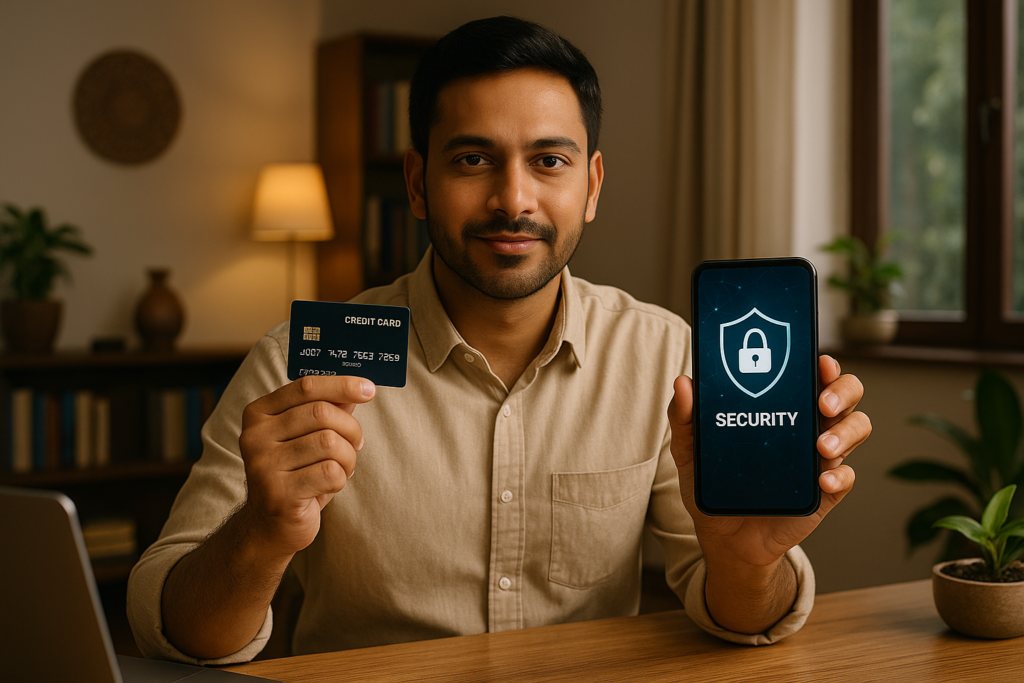In recent years, digital payments have become an integral part of our daily financial transactions. With the increasing popularity of card-based transactions, the Reserve Bank of India (RBI) has introduced new regulations to bolster security and reduce fraud risks. Two significant measures are mandatory card registration and tokenisation, aimed at safeguarding customer information and providing a seamless payment experience. This article explores what these measures entail, how they improve security, and what consumers need to do to stay compliant.
Understanding RBI’s New Regulations on Card Security
The RBI, India’s central banking authority, has taken proactive steps to secure digital payments. As part of its latest guidelines, it mandates that consumers must register their credit, debit, and prepaid cards for online transactions. Additionally, the RBI has promoted the practice of tokenisation, which replaces sensitive card data with a secure digital token during transactions. These rules are designed to create a safer environment for the growing number of digital payments consumers rely on daily.
What Is Card Registration?
Card registration involves linking your physical card with your bank’s digital platforms to authorize online transactions. When you register a card, your bank verifies your identity and allows you to use that card for online payments only after successful validation.
Why is card registration necessary?
- Ensures that only authorized users can make online payments using the registered card.
- Prevents unauthorized transactions in case your card details are compromised.
- Facilitates additional security measures like OTP (One Time Password) verification.
What Is Tokenisation?
Tokenisation replaces sensitive card details (such as the 16-digit card number) with a unique, randomly generated digital token during online transactions. This token is used in place of actual card data, which means that even if the transaction data is intercepted, the actual card details remain protected.
Advantages of tokenisation:
- Enhanced security by hiding actual card information.
- Reduced risk of data theft and fraud.
- Convenience for consumers, allowing multiple transactions without repeated card details input.
- Compatibility with mobile wallets and fintech apps for easier payments.
How Does the Process Work?
Step-by-Step Card Registration
- Log in to your bank’s online banking portal or mobile app.
- Select the ‘Manage Cards’ or ‘Card Services’ section.
- Choose the option to register your card for online payments.
- Enter your card details and verify your identity via OTP or biometric authentication.
- Once approved, your card becomes registered for online transactions.
Enabling Tokenisation
- Visit your bank’s digital platform or trusted mobile wallet provider.
- Select the card you wish to tokenise.
- Opt for the tokenisation service, which may involve fetching a new token or generating one directly through the app.
- Use the tokenized card for future online transactions — no need to repeatedly share sensitive data.
Impact on Consumers and Businesses
Consumers benefit from an added layer of protection that reduces the chances of fraud and identity theft. The process also makes online shopping more secure, encouraging more digital transactions. For businesses, implementing tokenisation reduces the burden of managing sensitive data, minimizing compliance risks and potential security breaches.
Important Points to Remember
- Both registration and tokenisation are mandated for all card transactions permissible under RBI guidelines.
- Consumers can register multiple cards and choose to tokenise any or all of them.
- Tokenisation is supported by most banks and payment service providers, including mobile wallets like Paytm, Google Pay, and PhonePe.
- Users should keep their mobile numbers updated with the bank to receive OTPs for registration and authentications.
Frequently Asked Questions (FAQs)
Q1: Do I need to register my card for both online and offline transactions?
No, the RBI regulations primarily focus on online transactions. Offline transactions like swiping at POS terminals usually do not require registration but verify if your bank has specific requirements.
Q2: Is tokenisation compulsory for all merchants?
Yes, tokenisation applies to all merchants accepting card payments online, whether through websites or mobile apps, to ensure compliance with RBI’s security guidelines.
Q3: Can I opt out of tokenisation?
In most cases, tokenisation is seamless, and banks encourage its use. However, you can choose to disable or avoid tokenisation by contacting your bank if you prefer to use traditional card details for certain transactions.
Q4: Will these measures affect transaction speed?
Generally, no. Both registration and tokenisation are designed to improve security without compromising transaction speed. In fact, tokenisation can sometimes make checkout faster and more convenient.
Q5: How secure is tokenisation compared to traditional card data?
Tokenisation significantly reduces security risks as actual card details are never transmitted during online transactions. Tokens are useless if intercepted, protecting your financial information from theft.
Final Thoughts
The RBI’s move to mandate card registration and promote tokenisation marks a step forward in securing digital payments in India. These tools are designed to protect consumers from fraud while making online transactions more straightforward and safer. If you haven’t yet registered your cards or enabled tokenisation, now is the time to do so. Visit your bank’s digital platform or trusted financial apps to start the process today.
For more insights on how to optimize your digital payment security and explore various credit and debit card options, visit our Blog or check out our comprehensive list of Find My Card.

